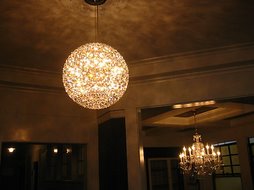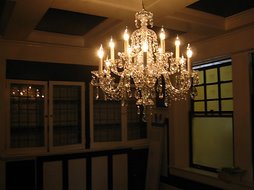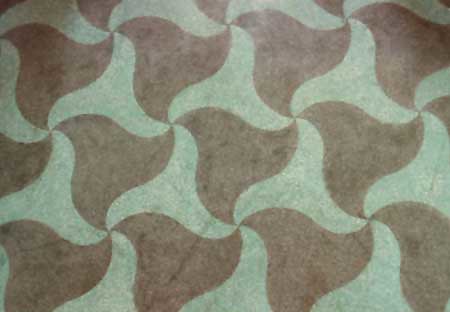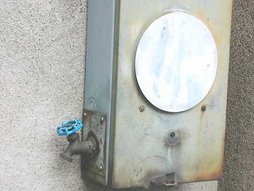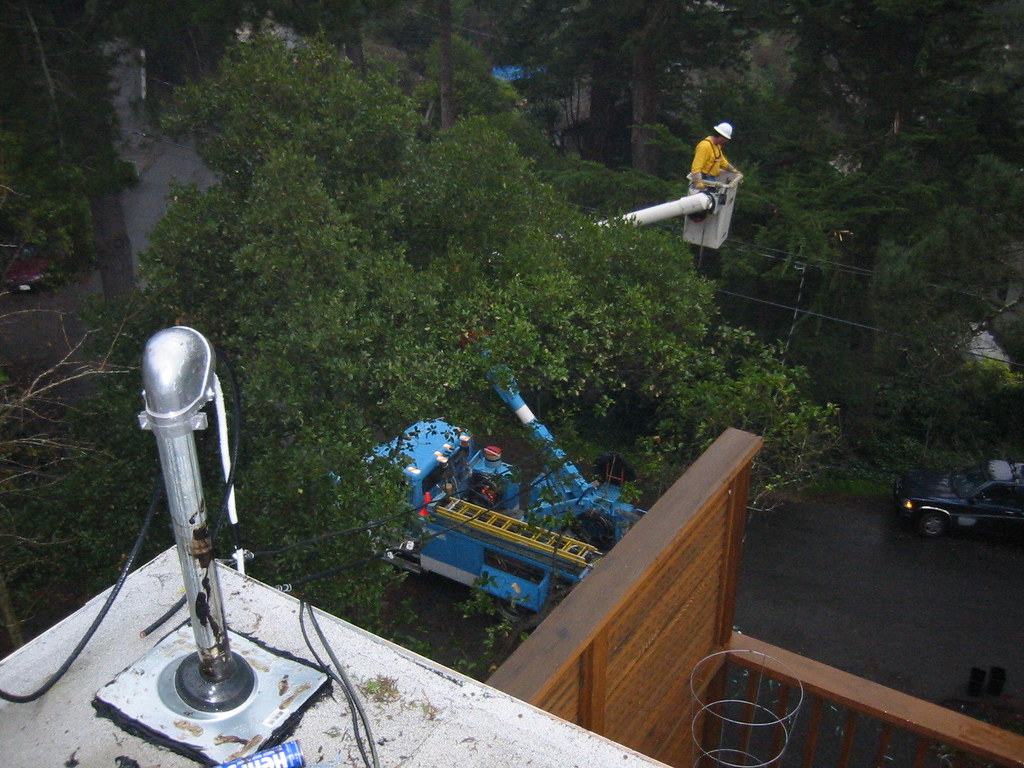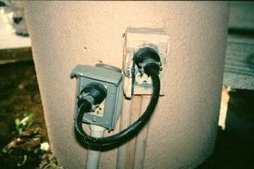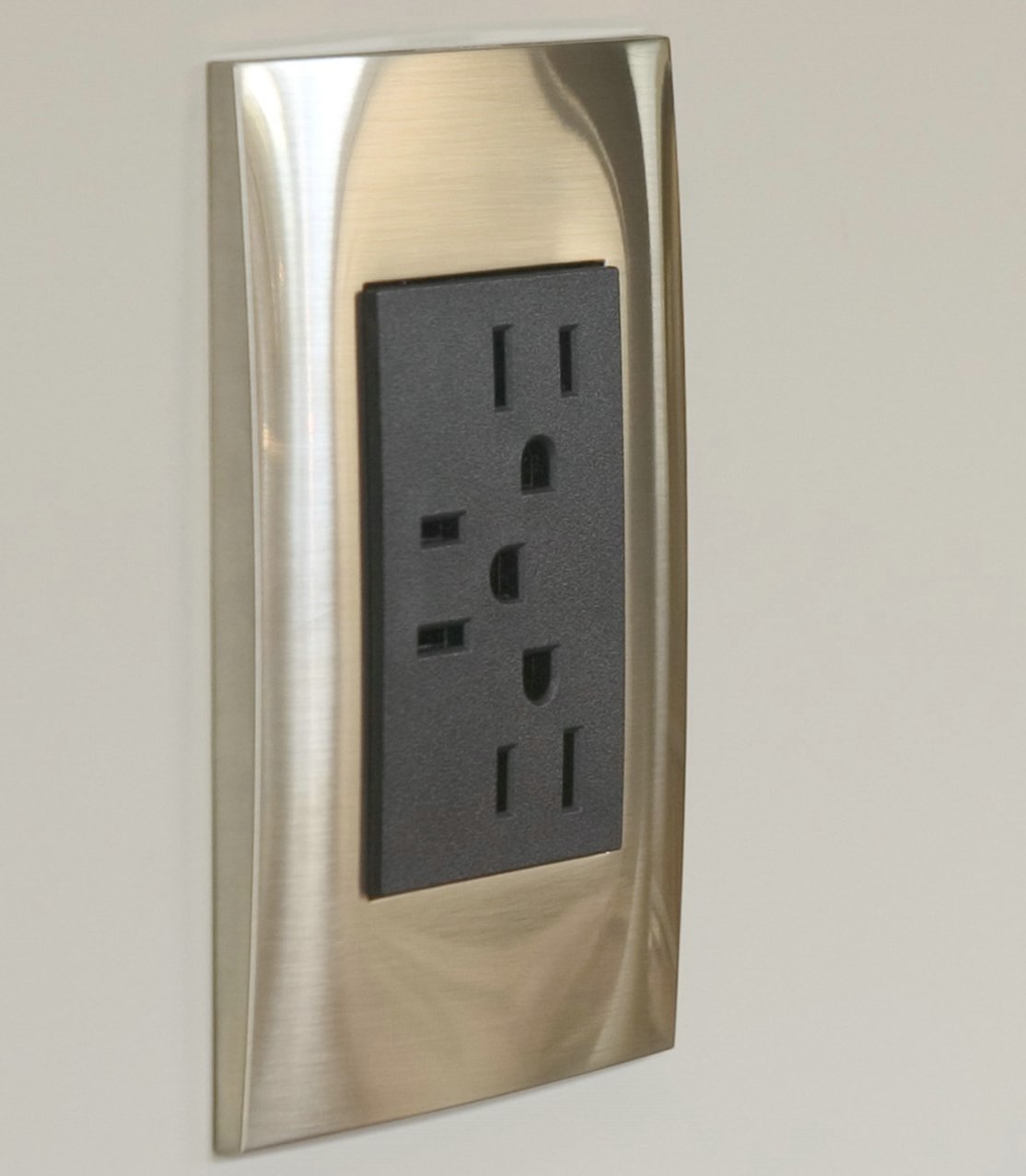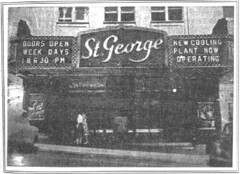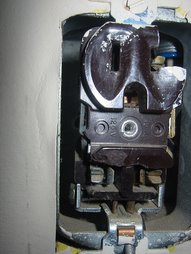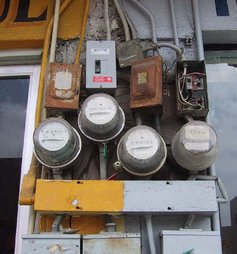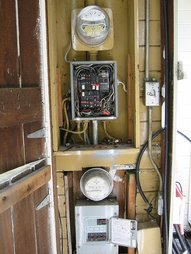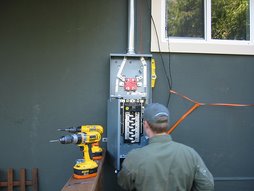One benefit of Belleville spring washers includes compensating the effects of thermal cycling by maintaining sufficient bolt load; therefore, reducing hot spots. Heat is produced on electrical connections from the electrical resistance between the conductive material and the bolt. Hot spots occur with the increase of resistance due to the loosening of the joint. The result of a hot spot can be a catastrophic failure.
Another condition that Belleville's compensate for is creep. Properly used Belleville's maintain the desired load, despite any conductor creep and, again, reduce the opportunity for a failure.
Electrical connections may loosen because of embedment relaxation, which over time causes microscopic high points on both the threads and mating surfaces of the connection to relax. Belleville springs counteract the effects of embedment relaxation.
Vibration is another factor that can loosen bolted electrical connections that don’t include Belleville spring washers. The Belleville acts as a shock absorber by maintaining a constant sufficient load on the connection.
Thermal cycling, creep, and embedment relaxation are no match for Belleville springs. Quality Belleville springs will keep bolted connections tight!
- Loose or improper connections, such as electrical wires to outlets or switches
- Frayed appliance or extension cords
- Pinched or pierced wire insulation, such as a wire inside a wall nipped by a nail or a chair leg sitting on an extension cord
- Cracked wire insulation stemming from age, heat, corrosion, or bending stress
- Overheated wires or cords
- Damaged electrical appliances
- Electrical wire insulation chewed by rodents
-1.jpg)







